Introduction
In the world of modern infrastructure, managing large-scale, distributed systems is no longer optional – it’s essential. Organizations increasingly rely on automation to handle the complexity of cloud-native applications. Four tools stand out in this domain: Terraform for IaC (infrastructure as code), Ansible for configuration management, Kubernetes for container orchestration, and Helm for Kubernetes application packaging.
Each of these tools solves a different problem, but when used together, they create a powerful ecosystem that automates everything from virtual machines (VMs) provisioning to app deployment. In this article, we’ll explore how they work individually and how they form a seamless DevOps pipeline when combined.
Development
1. Terraform: Provision Infrastructure as Code
Terraform by HashiCorp is a powerful tool for defining and provisioning cloud infrastructure using declarative configuration files. Whether you’re using AWS, Azure, Google Cloud, or even on-prem environments like vSphere, Terraform allows you to version and manage infrastructure as code.
With Terraform, you can:
- Create VMs, networks, storage, and Kubernetes clusters
- Reuse and share modular configurations
- Keep infrastructure consistent across environments
- Use the same language to define multi-cloud infrastructure
In a DevOps pipeline, Terraform lays the foundation: it provisions VMs or managed Kubernetes clusters where the workloads will run.
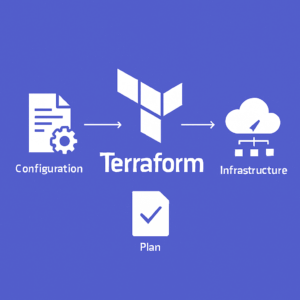
Image 1: Provisioning infrastructure as code with Terraform – define, plan, and apply repeatable deployments.
2. Ansible: Configure and Automate the Environment
Once the infrastructure is in place, Ansible steps in to configure it. Ansible is an agentless automation tool that uses YAML-based playbooks to define tasks. It’s widely used for setting up operating systems, installing packages, and applying security policies.
Typical use cases in a Kubernetes context:
- Installing Docker or container runtimes
- Configuring system parameters for Kubernetes nodes
- Distributing SSH keys and certificates
- Automating RKE or RKE2 cluster installation
Ansible can be run after Terraform (or even with) to prepare the systems Terraform created – bridging the gap between infrastructure and application layer.
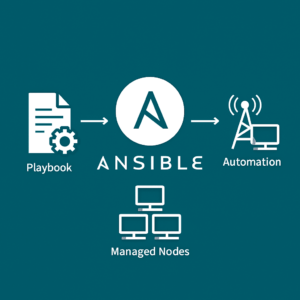
Image 2: Automating configuration and application deployment with Ansible across your infrastructure.
3. Kubernetes: The Heart of Container Orchestration
Kubernetes (K8s) is an open-source system for automating deployment, scaling, and management of containerized applications. It abstracts away the underlying infrastructure and allows you to manage applications using declarative configuration and APIs.
With Kubernetes, you can:
- Automatically scale applications based on demand
- Roll out updates without downtime
- Distribute workloads across clusters
- Maintain service health through self-healing capabilities
But Kubernetes doesn’t work alone. It needs infrastructure to run on and tools to manage application lifecycles efficiently (Terraform and Ansible usage).
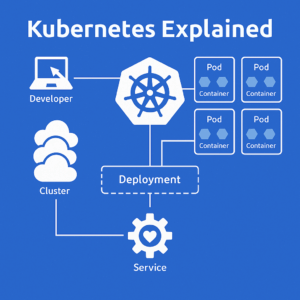
Image 3: Managing containerized workloads and services with Kubernetes – the container orchestration platform.
4. Helm: Simplify Kubernetes Deployments (with a Touch of Kustomize)
Helm is a package manager for Kubernetes. It simplifies deploying complex applications using reusable templates called charts. Helm brings version control, dependency management, and parameterization to Kubernetes resources.
Helm is often used to:
- Install third-party applications (like Prometheus, Grafana, or Traefik)
- Deploy in-house applications with reusable templates
- Promote consistency between dev, staging, and prod environments
However, in some scenarios where some customization of resources is needed – such as patching Helm-generated manifests without modifying the chart directly – Kustomize becomes a valuable companion.
Kustomize is a native Kubernetes tool that allows you to customize YAML files using overlays, patches, and variables – without the need for templating. It’s often used to:
- Override Helm values after rendering
- Apply custom patches to base configurations
- Maintain environment-specific overlays
Helm and Kustomize can be used together by rendering a Helm chart to raw YAML and then applying Kustomize overlays on top of that output. This gives teams the flexibility of Helm’s templating system with the power of Kustomize’s patching model.
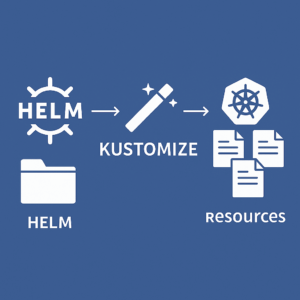
Image 4: Simplifying Kubernetes application deployments with Helm charts and Kustomize overlays.
5. Bringing It All Together
Here’s how these tools fit into a typical DevOps pipeline, for example, a company wants to improve their infrastructure and have an instance of Grafana running:
- Use Terraform to provide the infrastructure (VMs, networks, clusters), create the VMs or cloud infrastructure where your cluster will run:

- Use Ansible to configure the VMs created by installing dependencies such as Docker and Kubernetes:
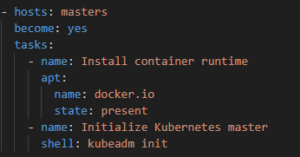
- Use Kubernetes to manage your workloads and define a deployment (or skip to point 4, where it is used to deploy apps by using the kubectl command):
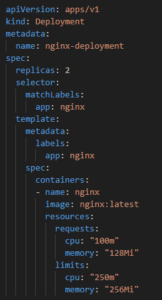
- Use Helm to deploy and manage applications on the Kubernetes cluster, for example, Grafana, by running these commands (it pulls the Helm chart of Grafana and installs it on the cluster):

Each tool operates at a different layer of abstraction, but together they offer full lifecycle management from infrastructure to application deployment.
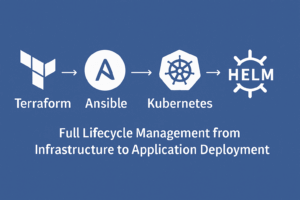
Image 5: End-to-end DevOps pipeline – from infrastructure provisioning with Terraform, automation with Ansible, orchestration with Kubernetes, to deployment with Helm.
Conclusion:
In a cloud-native world, managing complexity is the key to reliability and scalability. Terraform, Ansible, Kubernetes, and Helm form a cohesive stack that empowers teams to automate and standardize their environments.
By combining infrastructure as code, configuration management, container orchestration, and application packaging, these tools reduce manual intervention, improve consistency, and accelerate delivery cycles.
Whether you’re just starting with Kubernetes or building a robust DevOps pipeline, understanding how these tools complement each other is crucial to mastering modern infrastructure management.















